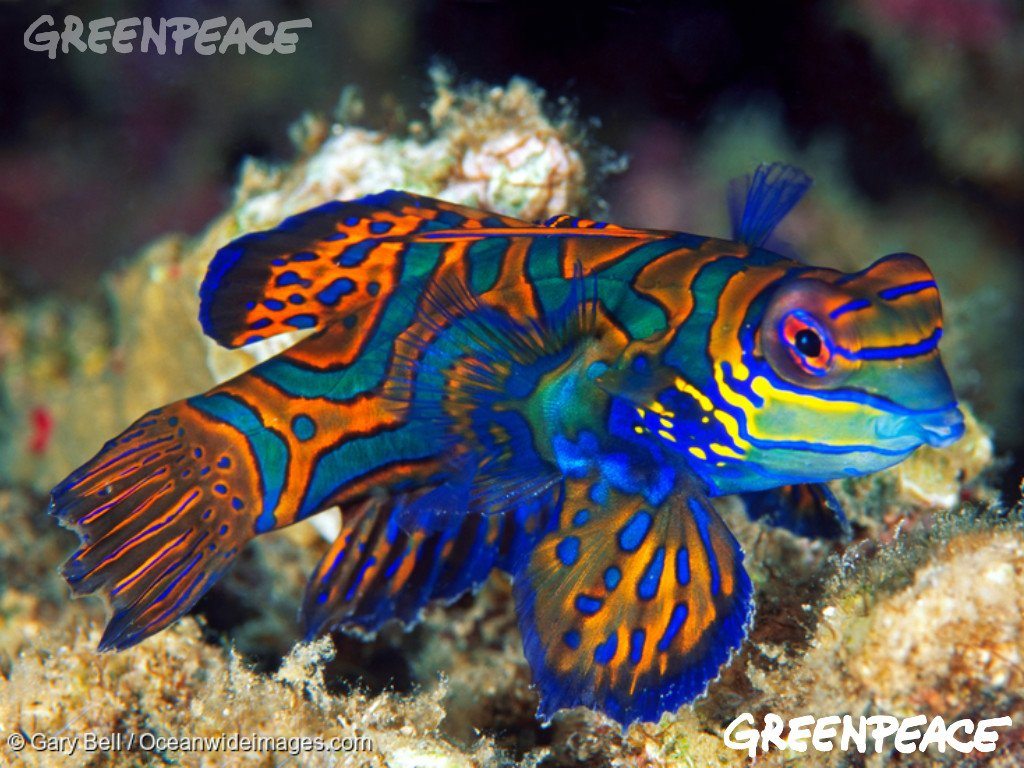At the Leaders debate at the National Press Club in Canberra on May 29 the Prime Minister Malcolm Turnbull told the public that he had a practical plan for action on climate change and it was working. The Prime Minister didn’t mention the Reef once.

In my last post I discussed the stakes for the 2016 Federal election and the fate of the Great Barrier Reef. The next term of office, for whichever political party wins Government, will be critical to the future our climate and the Reef. The future of our climate and the Reef depends upon how quickly we transition to a clean renewable society. The Liberal National Coalition Government demonstrate little interest in saving the Reef and are further from delivering a clean renewable society than either the previous Labor Government or even the Liberal National Coalition Government of John Howard before that.
Why is the Great Barrier Reef dying? The simple answer is fossil fuels. We continue to dig up fossil fuels and emissions from Australia are increasing. Despite the Government’s relentless boasting about meeting its emissions reductions targets we know that emissions rose under this Government after a decrease during the previous Government. And we know that more emissions that come from Australia are not counted in our domestic budget. We learned the full extent of the damage this year’s bleaching caused, an area the size of Scotland died, when the ARC Centre of Excellence for Coral Reef Studies survey was released last Monday. That evening Professor Terry Hughes told the ABC that Climate Change was causing the bleaching of the reef and if unchecked would mean its destruction decades earlier than predicted. But the media release from Hunt’s office about the bleaching of the Reef on Tuesday addressed crown of thorns starfish and not climate change.
Working?
According to the Minister for the Environment, Greg Hunt’s own Environment Department, emissions fell under the previous Government only to rise again under the Liberal National Coalition. The total annual emissions for 2014-15 rose by 0.8% since the previous year and if you included emissions from land use clearing and deforestation then emissions increased by 1.3%. The unadjusted emissions by sector table shows that electricity emissions, the largest sector by far for Australia’s total emissions, jumped 3 per cent in comparing the 2013-14 year to 2014-15 year.
The Prime Minister and the Environment Minister are correct when they say Australia is reaching its emissions reductions targets but they are incorrect when they say Australia is reducing emissions. While Australia is likely to have already met its defined 2020 target of 5% reduction on 2000 levels, our actual emissions from now until 2020, according to modelling done by Reputex, are forecast to go up by 4% (and by 6% on today’s levels).
Malcolm Turnbull’s plan on climate change isn’t working. Emissions are increasing.
Practical?
Malcolm Turnbull’s signature policy on Climate Change is Direct Action. A policy he has also described as “bullshit”. Turnbull described his own Governments policy as “bullshit” because it was not as effective at reducing emissions as a price on carbon and it was not as efficient as the polluters were subsidised while the public wore the cost. On the ABCs Q and A on July 25, 2010 Malcolm said a price on carbon was the most efficient and effective way to reduce emissions:
“You won’t find an economist anywhere that will tell you anything other than that the most efficient and effective way to cut emissions is by putting a price on carbon.”
In 2016 Malcolm Turnbull opposes a price on carbon. More than 40 countries have placed a price on carbon according to the World Bank and both the Australian Labor Party and the Australian Greens support a price on carbon. Even John Howard proposed a price on carbon.
Direct Action relies on a certain amount of abatement through carbon capture or in other words planting lots and lots of trees. The CSIRO said it was possible to achieve a reduction of emissions by 20% over four years using abatement but it’s impractical because you would have to convert millions of hectares of crop grazing land into forest. The funding for these abatement projects comes from the Emissions Reductions Fund (ERF). Although the ERF could meet the country’s Paris Agreement obligations, it would require a massive increase in this programmes budget. The Australian Industry Group estimates the cost to be AUD $100-250 billion. Most of the original allocated budget is already gone.
Direct Action is precisely impractical and it isn’t working.


